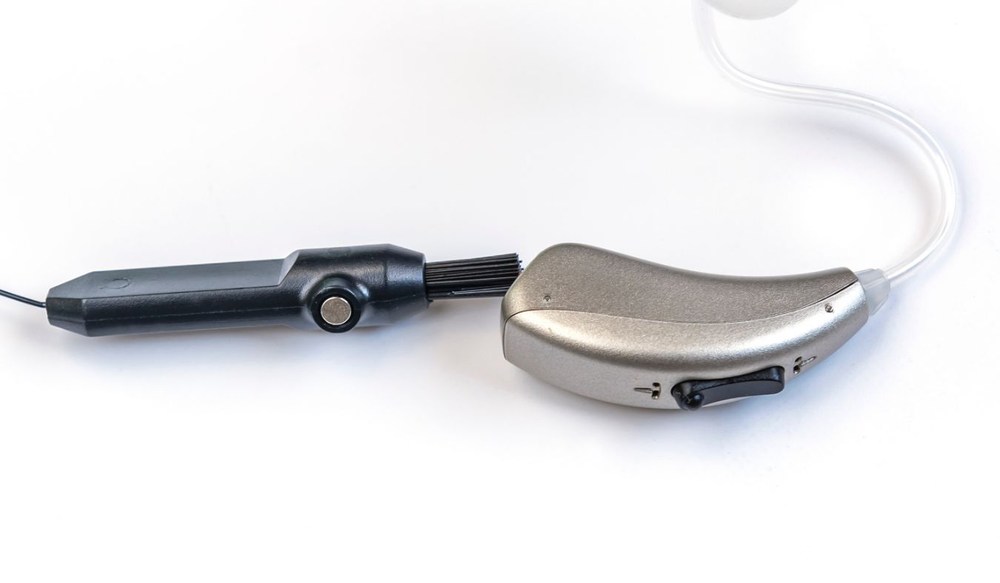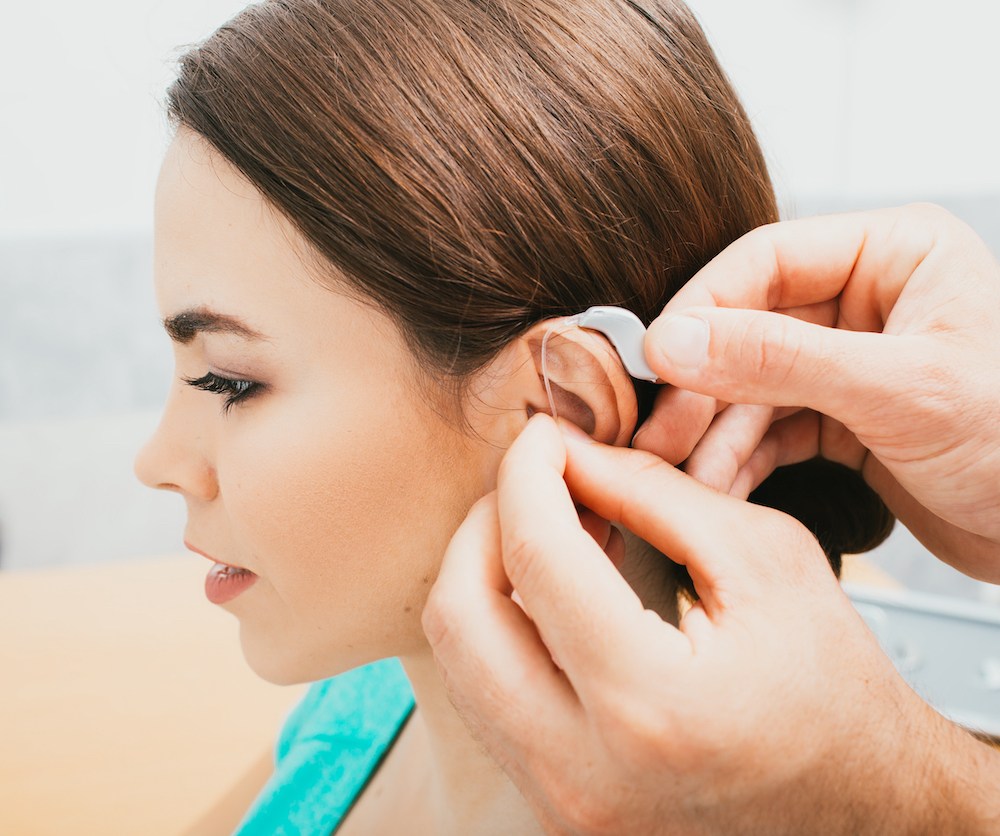Innovations in Pediatric Hearing Solutions
Helping children with hearing loss isn’t just about making smaller


Helping children with hearing loss isn’t just about making smaller

Your hearing aids already do so much more than just help you hear better

Hearing aids have changed significantly over the years. In the past, they